Russian invasion
of
Ukraine
The Russian 🇷🇺 invasion of Ukraine 🇺🇦 started on 24.02.2022 .
Time hasn't stopped
and neither has aggression🤬.
We want to show you a few important facts.
Casualties
📅 Every day:
- X innocent civilians die, including children
- Y civilians get hurt, including children.
🫵 In total:
- X innocent civilians died, including children
- Y civilians got hurt, including children.
On the right :
total number of killed civilians
= 100 civilians
Casualties change in time
Analysis and vizualisation of the economic impact of the war
We believe, this war has and will have terrible consequences for the world’s economy. Our goal is to
suggest
those consequences by visualizing three economic indicators, that we believed to be important for the
world’s
economy and that we believed to be connected to the ongoing war between Ukraine and Russia. We chose to
visualize the Europe Brent Spot Price FOB (in US-Dollars per Barrel),
the Henry Hub Natural Gas Spot Price (in US dollars per million British thermal unit, a unit that
measures
the energy and therefore the volume of natural gas), and the exchange rate
in US dollars of the main currencies of the world.
The graph below shows the annual inflation rates in the US for the previous 10 calendar years, from
2012. This shows that the US dollar is loosing value and this is important to keep in mind, considering
the
data visualization of the next slide. The average inflation rate per month in the last 5 months was of
0.92%.
USA yearly inflation rate

Evolution of some main currencies in the world
Currency analysis and variation of the brent oil spot price
Considering the visualization of the choropleth map on the previous slide,
one easily sees, that the value of the European currencies decreases significantly with time.
Since Europe is directly touched by the war, it is no wonder, that the war has such a big
economic impact on Europe. In addition to that, it seems that currencies lose value in the world.
The inflation of the dollar implies that
only the currencies whose exchange rate grows a bit are stable in value, which is not the case for
most currencies.
On the right, we see clearly how huge is the increase in the Brent oil spot price in Europe
just at the beginning of the war. It then became more stable, but the spot price of the Brent oil
remains very high
compared to the beginning of the year. This will have devastating consequences for the economy of
Europe and of the world, because brent oil and more generally oil is a basic resource used by the majority of the
companies in Europe and the world.
Importance of the gas in russian economy with respect to Europe
The image on the right represents well the enormous importance
of Russian natural gas to Europe. That is why the war necessarily had an impact on the price of
natural gas
in Europe, but also simply in the world. Indeed, Russia is one of the biggest exporters of natural
gas in the world.
In the line chart below, you can see the spot price of the natural
gas from Henri Hub given in US-Dollar/Btu. The increase in the demand from Europe probably caused
the increase
in the price of American natural gas.
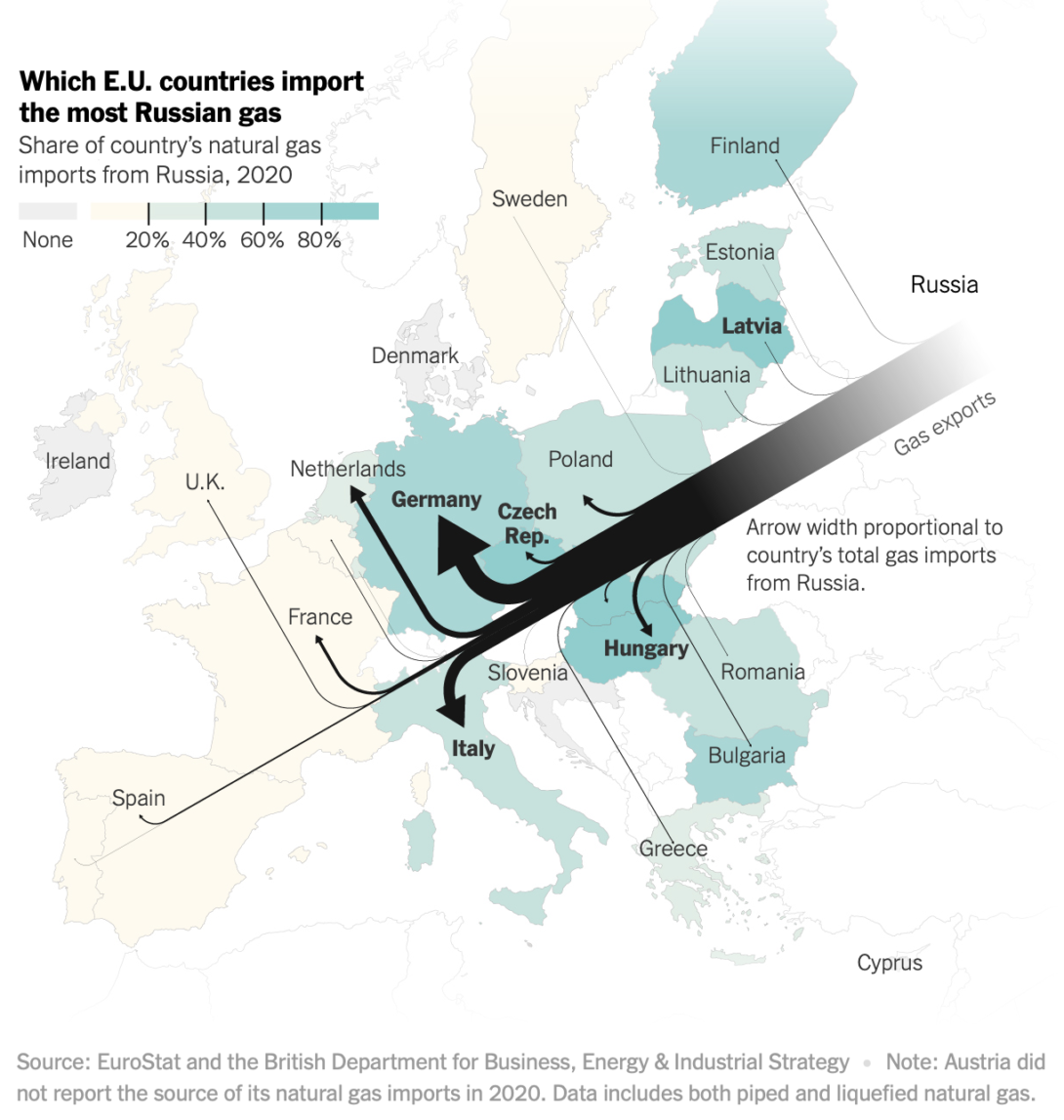
Wordwide reactions
In order to understand the conflict in Ukraine, it is also very important to get an overview of the situation
abroad. Indeed, Ukraine is defended by its population, but influential factors come in a wide range of flavors
and from a larger area than Ukraine only.
The following page details 4 different pieces of information covering the following aspects of Ukraine's invasion and
international impact:
Refugees
Sanctions
Tweet Emotions
Tweet Sentiment
- Refugees
The military attacks, bombings, and blocks on the invaded part of Ukraine forced a a large number of civilians to flee their place of living 🏃♂️🏃♀️. As a consequence, the neighboring countries, namely Moldova, Romania, Slovakia, Hungary, Poland, Russia, and Belarus have welcomed millions of distressed people, having left everything behind to get to safety. The refugees' data was fetched from the United Nations High Commissioner for Refugees website dedicated to the tracking and information of the refugee crisis. - Sanctions
A large wave of economic, social, and geopolitical sanctions 🔒 was taken from multiple countries against Russia for starting this war. We focus on some of the most important with the visualization of sanctions issued by Australia, Canada, the EU, France, Switzerland, the UK, and the US. The data is gracefully provided by the international sanctions tracking firm Castellum 🔎. Castellum tracks different types of issued international filings and has a scope that is larger than the invasion only. - Tweets Emotions
and Tweets Sentiment
An important consequence of the invasion of Ukraine is the individuals' reactions across the world. A very good indicator of it is social networks, especially Twitter 🕊. Using a dataset of 35.58M tweets selected as linked to the war in Ukraine, we run Machine Learning models 🧠 on the extracted texts and compute the sentiment and emotion of a random subsample of the dataset. The sentiment is computed using a natural language processing model. It indicates whether the tweet demonstrates a positive, neutral, or negative sentiment. The emotion is one of anger 😡, disgust 🤮, fear 😨, joy 😊, neutral 😐, sadness 😭 or surprise 😮. It is detected in each tweet using another NLP model.

On the left, we can observe a bar plot of the evolution of the total count of refugees fleeing Ukraine. The count starts on the 24th of February and is monitored by the United Nations High Commissioner for Refugees. As described on their website, they collect the data directly from the neighboring countries ministry websites, on a daily basis. As a reminder, the neighboring countries are the following:
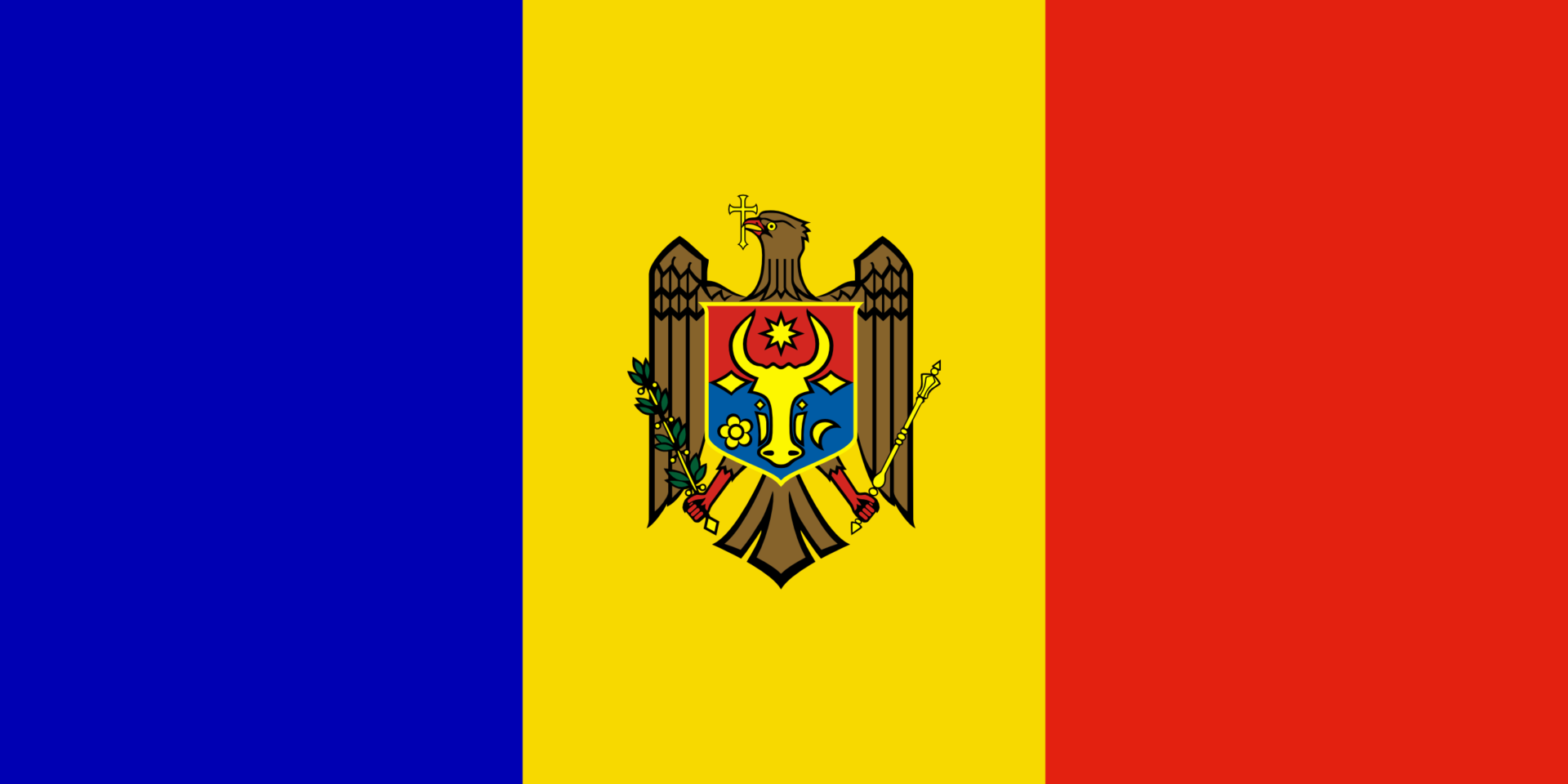
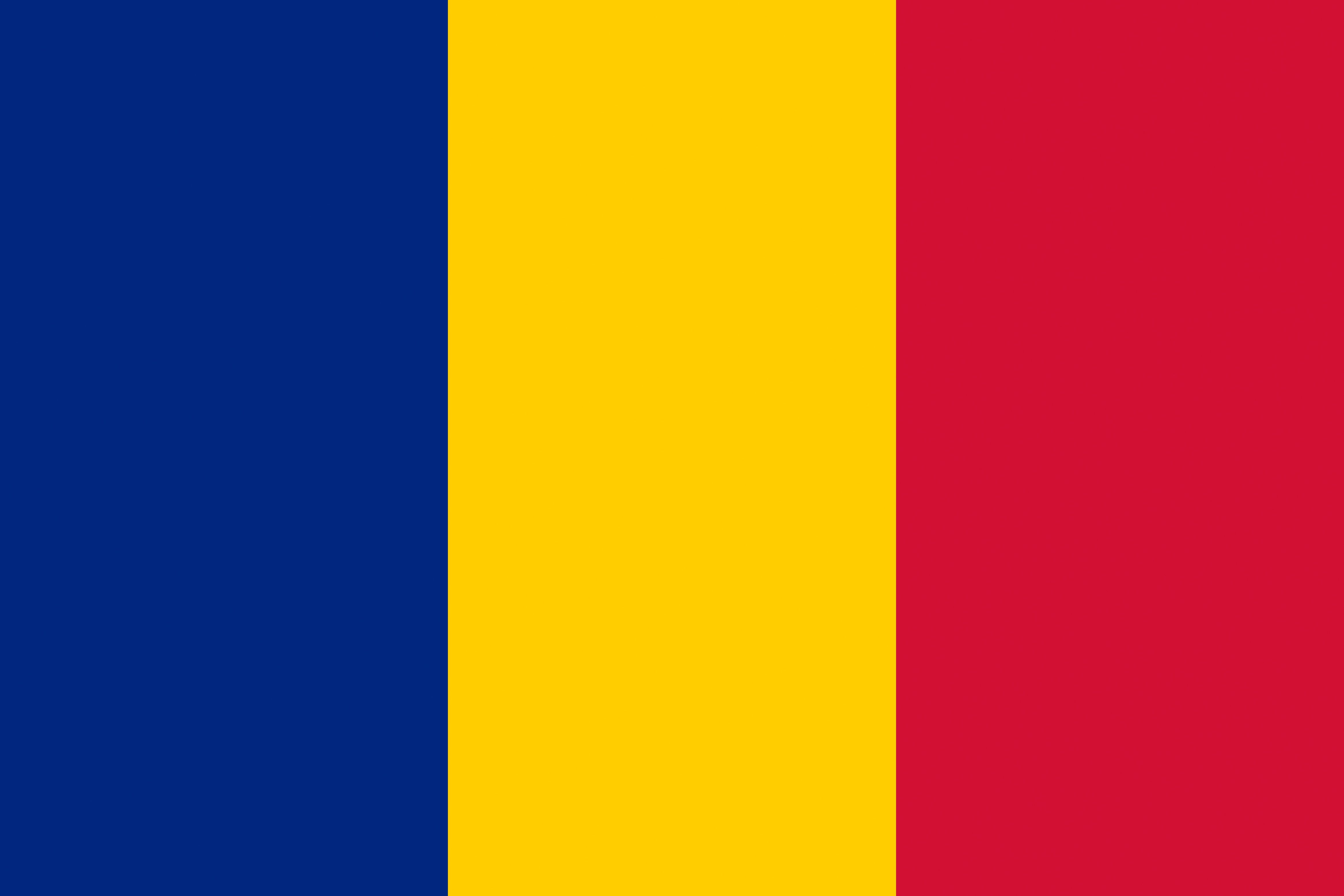
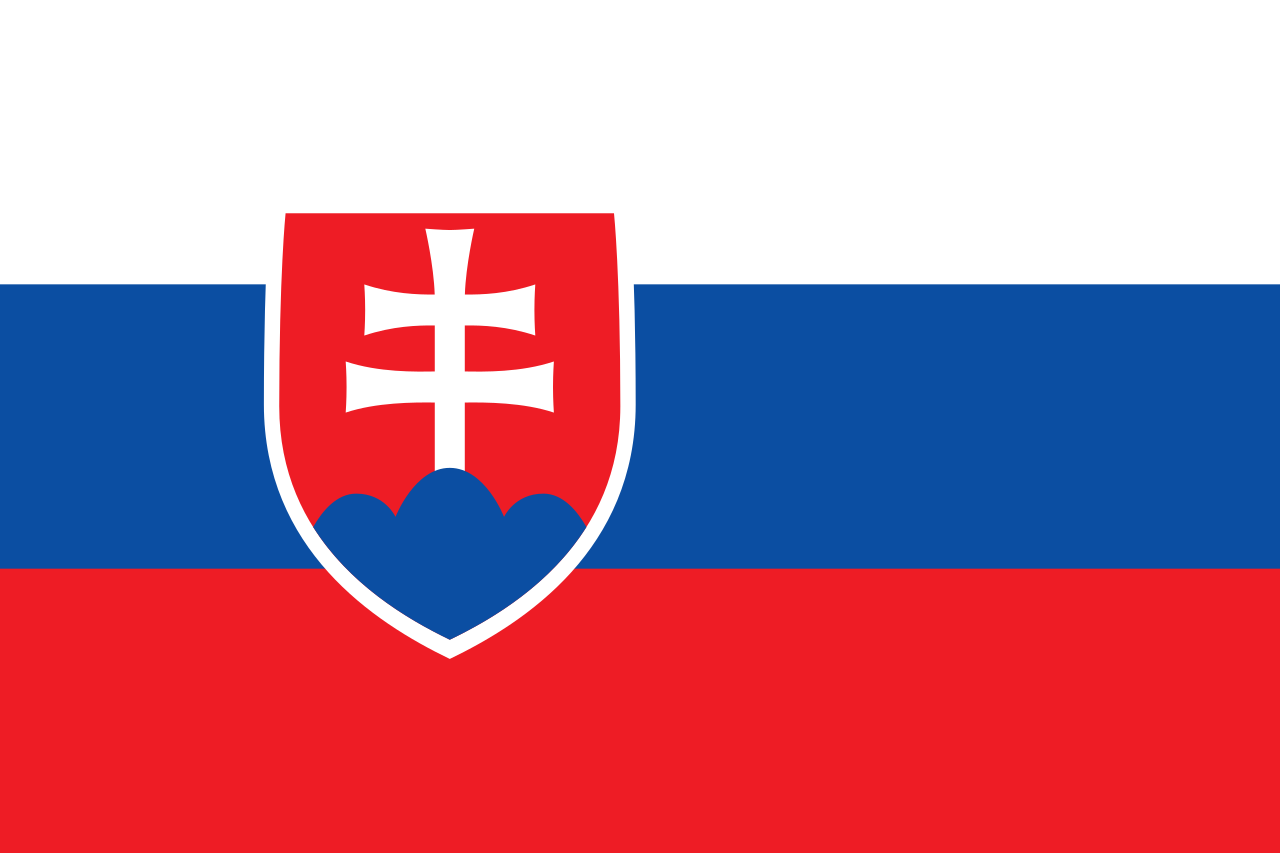

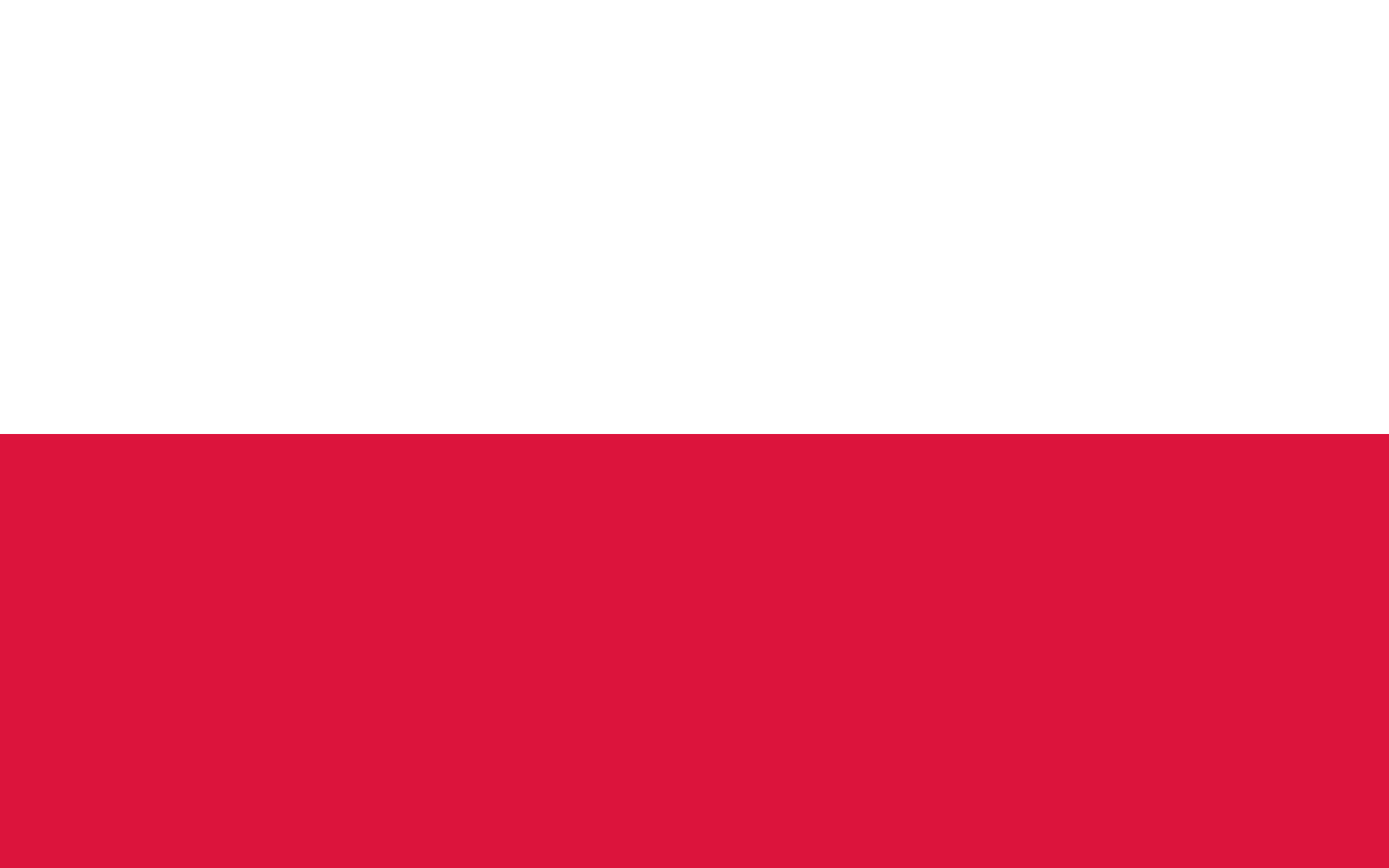

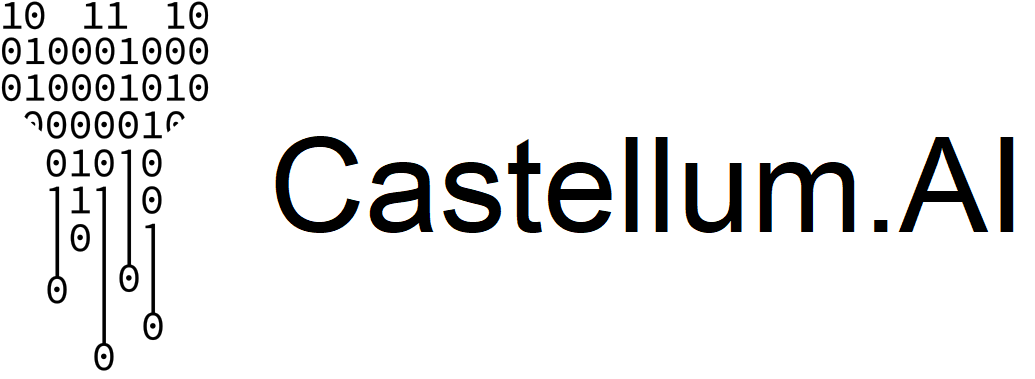
On the right, you can find a stacked bar chart of the different sanctions taken by the international community against Russia, the invading force. You can discover the details day by day by hovering above the different columns. This sanctions dataset was put together by an independent international watchlist company, Castellum. Sanctions include restrictions on the movement, usage, intervention of individuals, entities and goods.
Twitter is a very powerful source of data to capture the thoughts of a wide range of people across
the globe. The analyzed data is composed of over 35 million tweets.
You can progressively explore the majority sentiment and emotion of the world's population regarding the
conflict in Ukraine by navigating through the days. Understandably enough, we can observe a lack of positive sentiment...